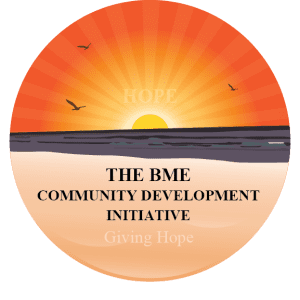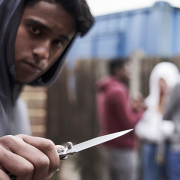Youth Violence Prevention: Mental Health and Counselling Overlooked Keys to Prevention
Amid discussions of policing and punishment, one key aspect of youth violence prevention sometimes gets overlooked: mental health and counseling support for young people. Yet, behind many violent incidents lies unaddressed trauma, anxiety, depression, or other emotional struggles that fuel aggression. By investing in mental health services for at-risk youth, funders can attack violence at its psychological roots.
The link between mental health and youth violence is well documented. Many youth who engage in serious violence have histories of victimization or trauma themselves – physical abuse, sexual abuse, exposure to domestic violence, or living in war-like neighborhood conditions. These experiences can lead to hypervigilance, anger, and impulsivity as coping mechanisms, making violent responses more likely. In one UK survey, nearly 1 in 4 young people reported experiencing violence (as victim or perpetrator) in the past year, and many of these youth also exhibited signs of trauma and anxietygov.uk. If those mental health needs aren’t met, cycles of violence can perpetuate.
Counseling and therapy for at-risk youth have shown positive outcomes. For example, trauma-focused cognitive behavioral therapy (TF-CBT) helps young people process traumatic experiences and learn healthy coping skills. Implemented in youth justice settings, TF-CBT has reduced re-offending rates by helping youth manage anger and avoid the “fight or flight” reactions that previously landed them in trouble. Similarly, school-based counseling services provide a safe space for students to talk through conflicts or emotional pain, often heading off violent outbursts. One promising model places clinical social workers in schools located in high-violence areas; evaluations indicate this reduces disciplinary incidents and improves students’ sense of safety.
Another effective approach is hospital-based violence intervention programs (HVIPs). These programs engage youth who arrive in emergency rooms with violence-related injuries (stabbing, gunshot, assault). While the youth is recovering, a trained counselor or case manager meets with them at bedside to offer support and connect them to services (mental health care, mentoring, etc.). Studies show HVIPs can significantly cut the risk of retaliation or re-injury. Essentially, the violent incident is treated as a cry for help and an opportunity to intervene. Cities implementing HVIPs have seen reductions in repeat ER visits for youth violence, highlighting how mental health intervention can break the cycle.
For funders, supporting mental health in a violence prevention context may involve:
- Funding trauma-informed training for youth workers, teachers, and police, so they recognize and respond appropriately to trauma signs.
- Expanding community mental health clinics or mobile clinics in neighborhoods with high youth violence, ensuring services are accessible and youth-friendly.
- Funding initiatives like “peace circles” or group therapy in communities after a violent event, which help youth collectively process grief and fear, reducing the chance of revenge violence.
- Supporting helplines or text counseling services targeted at teens, which can de-escalate conflicts. Sometimes a simple counseling intervention at the right moment can prevent a fight from turning into a stabbing.
In evaluating success, funders should look for changes not only in crime rates but in well-being indicators: reduced PTSD symptoms, improved school attendance, or higher reported feelings of safety among youth. These soft outcomes often precede the hard outcomes of crime reduction. Ultimately, violence prevention isn’t just about stopping bad behavior – it’s about healing and building healthy mindsets. As such, integrating robust mental health support into prevention efforts addresses one of the root causes of youth violence. It sends a powerful message that society is willing to help troubled youth, not just punish them, and that can make all the difference in steering them toward a peaceful life.




